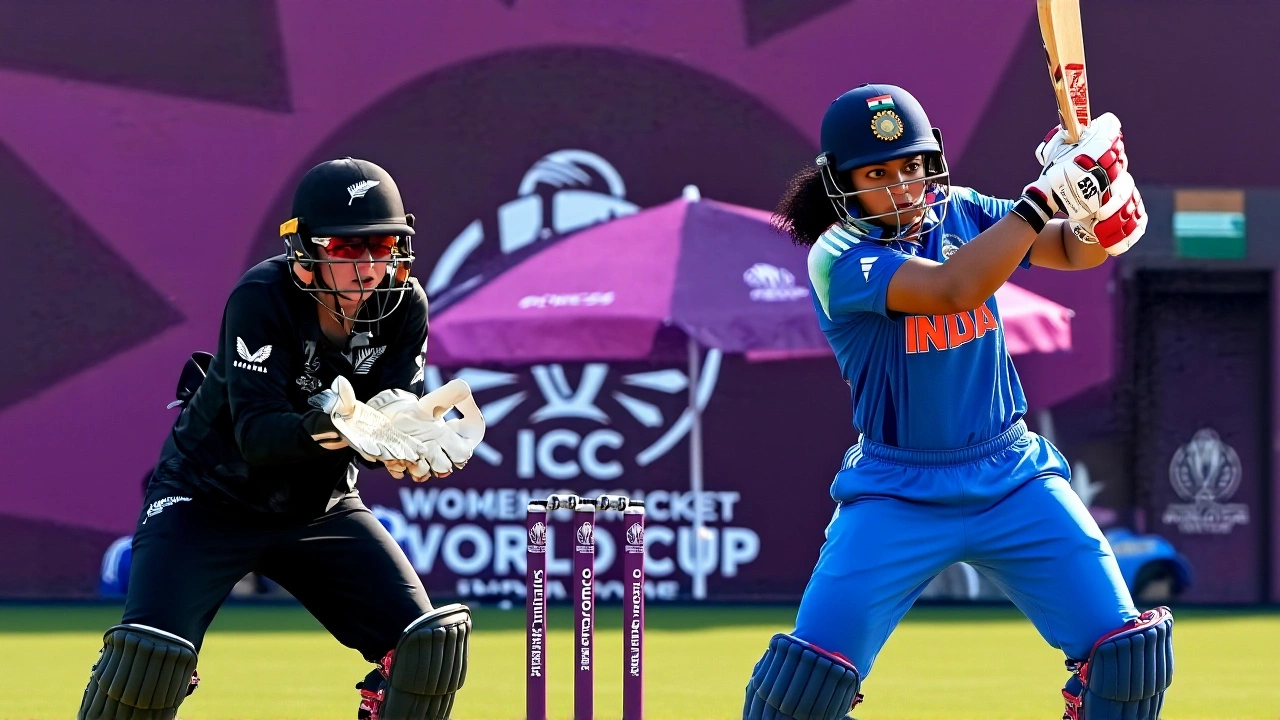Women's Cricket World Cup – Highlights, History, and What’s Next
When talking about Women's Cricket World Cup, the premier international tournament for women’s One Day International (ODI) cricket organized by the International Cricket Council (ICC), WWC, you’re looking at a competition that blends skill, stamina, and national pride. It Women’s Cricket World Cup brings together the best women's cricket teams from around the globe every four years, each vying for the coveted trophy. The event encompasses 50‑over matches, a format defined by the One Day International (ODI), a 50‑over per side structure that balances aggression and strategy. The tournament requires the oversight of the International Cricket Council (ICC), the global governing body that sets rules, schedules events, and ensures fair play. From the early editions in the 1970s to the high‑tech spectacles of today, the WWC has grown alongside women’s cricket, turning once‑obscure matches into prime‑time sport.
Why the Women's Cricket World Cup matters
The WWC acts as a catalyst for the development of women’s cricket in every participating nation. When a country hosts the tournament, local fans get a chance to watch world‑class talent live, which boosts grassroots interest and funding. Host nations also see a surge in stadium upgrades, broadcast deals, and tourism revenue. The tournament influences player pathways: standout performances can land athletes lucrative league contracts and national endorsements. Moreover, the event showcases the evolving tactics of the game – from aggressive power‑plays to innovative field placements – giving coaches worldwide fresh ideas to experiment with. The competition also highlights cultural diversity; teams bring distinct playing styles shaped by their domestic leagues, climate, and cricketing heritage, making every match a lesson in adaptability.
From a statistical viewpoint, the WWC has delivered some unforgettable records. The highest team total, fastest century, and most wickets in a single tournament all belong to women who broke barriers with sheer determination. These milestones connect to broader conversations about gender equity in sport, proving that investment in women’s cricket yields measurable success. Fans now track player rankings, strike rates, and bowling economies just as closely as they do for men’s cricket, and social media amplifies every highlight reel. The tournament also serves as a testing ground for new rules – such as the use of DRS (Decision Review System) in women’s matches – before they roll out globally.
Looking ahead, the next edition promises even more excitement. Emerging teams are closing the gap with traditional powerhouses, making the group stage less predictable. New venues in regions like South Asia and the Caribbean will bring fresh atmospheres, while broadcasting innovations, like interactive stats overlays, will deepen viewer engagement. As the WWC evolves, it continues to shape the future of women’s cricket, offering players a stage to inspire the next generation and giving fans countless moments to cherish. Below, you’ll find a curated collection of articles that dive deeper into the tournament’s history, standout performances, and upcoming storylines – all aimed at giving you a richer understanding of why the Women’s Cricket World Cup matters today.
Mandhana and Rawal’s Centuries Send India Women into World Cup Semis
Mandhana and Rawal's record partnership propels India Women past New Zealand, securing a World Cup semi‑final berth and sparking fresh hope for women's cricket in the country.

 Entertainment and Film Industry
Entertainment and Film Industry